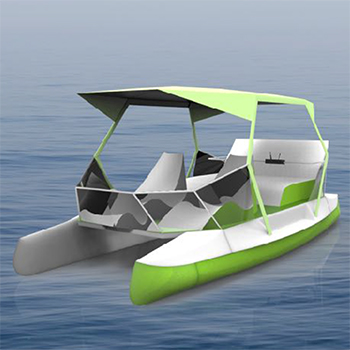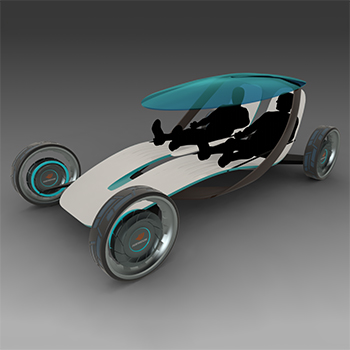Usually, the needs and demands of the users drive product designs. These needs keep changing every year, every decade, and so on. And many factors influence and change customer needs and demands from time to time. Technology and culture are two important factors that bring about change. As technology advances, it creates new needs, which could shape a new product. This product may have a cultural impact, which in turn drives technology forward. Things like this result in changes in needs, which are called trends.
The same is true for the automotive industry.In fact, it is more important to understand the user needs and demands in the automotive industry, as it is an expensive and long-term process. It takes 4 to 5 years for a vehicle to get into production from the initial phase of design. By the time the vehicle hits the road, the user may have new needs and demands, and the product may not succeed if it fails to address the new needs. So, to avoid such failures and produce appealing vehicles, designers constantly follow trends. Understanding the current trends in various fields would help designers predict the future trends that are used to design new products.
As the project aims to design a car for the year 2030, the research phase of the project aims to understand past trends and their influences on car design.




